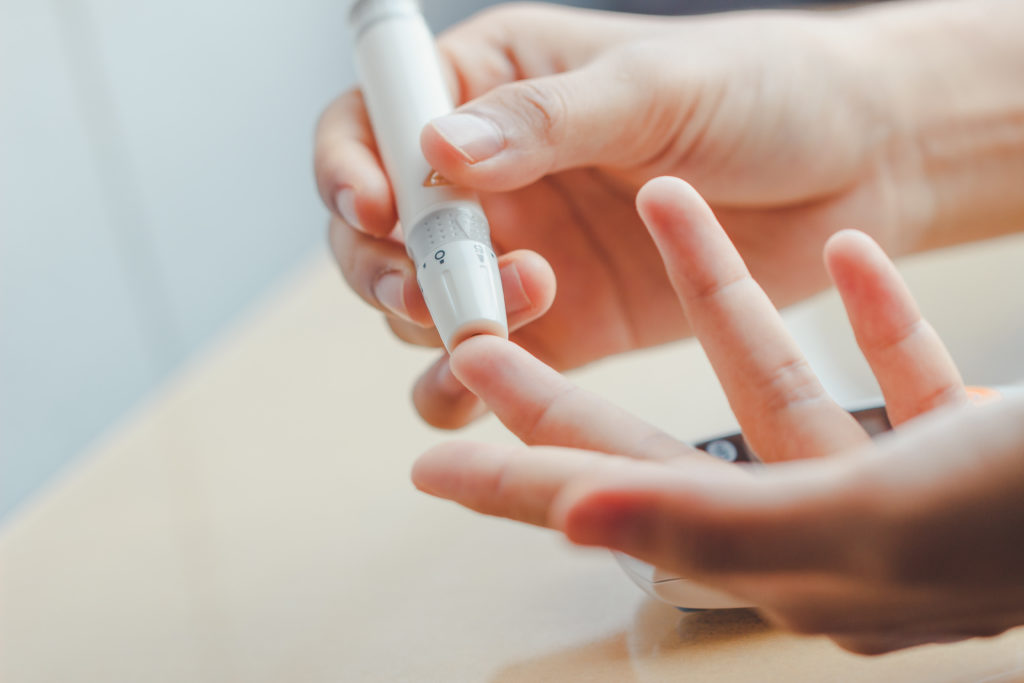
What are the 3 highs?
The 3 highs are high blood pressure, high cholesterol and high blood sugars (diabetes). These conditions often coexist with central obesity, known as metabolic syndrome.
What causes these 3 highs? And why are they dangerous?
The current understanding is that the root cause of metabolic syndrome is an overabundance of nutrition in the human body, which leads to insulin resistance. When this happens, the body becomes incapable of utilising its energy stores and nutrients efficiently. Elevated levels of circulating unhealthy fats and sugar then promotes damage in the big and small blood vessels in the body.
If you have one or more diseases within metabolic syndrome, they can independently or compoundly add up to the lifetime risks of heart diseases, strokes, kidney failure and blindness.
What Risk Factors are there of developing these conditions?
There are a few factors that can contribute to the likelihood of you developing the 3 highs or metabolic syndrome.
Age
The older we get, the more likely we may get metabolic syndrome.
Genetics
If you have close family members who have the 3 highs, you are more likely to get metabolic syndrome yourself, partly due to the genes you share. However, it could also be due to the similar environment and lifestyles that you are brought up in.
Lifestyle
In addition to genetics, lifestyle also plays a critical role in mitigating the risks of developing the 3 highs. People who have a high calorie and high fat diet with a sedentary and stressful lifestyle are more likely to accumulate excess nutrients and store more fats in their bellies.
Smoking
Not only is smoking an unhealthy habit and one of the world’s leading causes of death, it also promotes inflammation and accelerates the injury to the blood vessels.
Practical steps you can take to manage or prevent the 3 Highs
Start early – Understand and manage your risks.
- Keep track of your weight and waist circumference. Try to keep your BMI within the healthy range of 18.5-23.0.
- Go for regular health screening as recommended by your doctor.
- Assess your risk of diabetes using the diabetes risk assessment calculator
- Speak to your doctor about your lifetime risk for heart diseases.
Put in the work
- Work on individual tasks like getting active and watching your diet closely, especially the carbohydrate portion.
- Focus on exercises and activities that keep your waistline slim, such as jogging, walking, swimming or even cleaning the house.
- Reduce stress. People with Type A personalities (highly competitive and self-critical) have a higher chance of developing heart diseases, as stress can drive up your blood pressure. You can help calm your nerves by exercising, killing two birds with one stone.
Get help (if you need it)
- For more challenging tasks such as quitting smoking, or controlling existing medical conditions, you should consider options such as quit-smoking support groups, go for regular medical follow-ups and adhere to medications, enrol in structured weight loss programs, or consider bariatric surgery if your BMI is way too high.
- Tap on technologies that can empower your health. If you are pre-diabetic or have a high risk of developing diabetes, consider real time continuous sugar monitoring devices to help realise the daily fluctuations in blood sugars.
- Set reminders and track your blood pressure readings by using applications that can transmit these information to your health professionals.
- Reach out to a dietician (can be virtual) and read up on the diet you are taking and what can be improved to enhance your metabolism.

Dr Teo Cheng Rong
Healthway Medical (Limbang)
Blk 534 Choa Chu Kang St 51 #01-37 Limbang Shopping Centre
Singapore 680534










